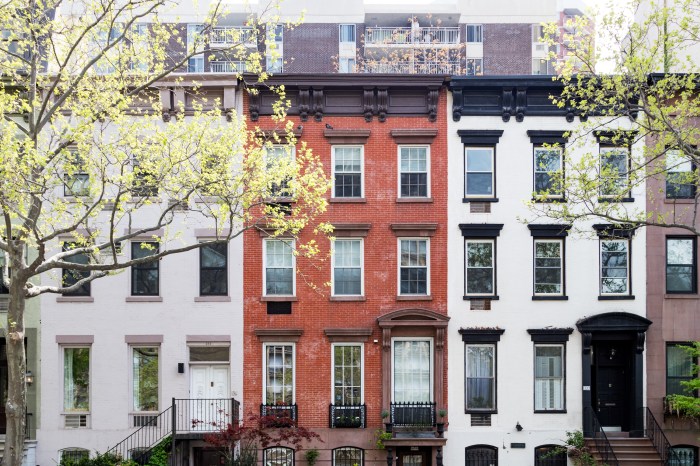With this summer’s reopening of the newly-renovated Rodin Museum, the relocation of the Barnes Foundation and the proliferation of niche exhibitions like Fishtown’s Pizza Brain, it seems that Philadelphia is experiencing a culture boom. But neither creating nor maintaining a museum is easy — for every institution that has opened its doors, there are still more whose visions are left unrealized.
Take the Philadelphia Wax Museum. Founder Robert Avery came up with the idea in 1997 and created a nonprofit four years ago for the purpose of opening what he hopes will be “the Smithsonian of Philadelphia history,” featuring 300 figures of local celebrities from William Penn to Will Smith. He has so far raised $16,000, enough to commission just one statue. Avery said that his Air Force service has been one challenge — he completed three tours in the past six years. “Outside of that, it’s mainly financing, just getting money raised,” Avery said. “With the economy, a lot of people don’t donate as much and there’s a lot of competition out there for grants.”
Ellen Owens of the Philadelphia Museum Council said that Avery’s plight is not unique. “There are some newer institutions being founded,” she said. “But the problem is always funding and what’s the need, what sort of hole are you filling.”
Even long-established institutions aren’t immune to the changing economic tides. After more than 70 years in operation, The Atwater Kent Museum closed in 2009 for a planned one-year, $1.5 million renovation to modernize its collections and update its climate control system. It is reopening this weekend as The Philadelphia History Museum at Atwater Kent — three years and $6.8 million later. “It needed a lot of work,” CEO Charles Croce said. “As with anything else, you underestimate things. The renovation took longer than expected and cost more than anticipated. Financially, it was a huge undertaking for us.”
Peace gets a chance
The Envision Peace Museum is gaining steam thanks to a grassroots, phased model of development. It launched its first traveling exhibit in 2009 and plans to break ground on an initial Center City location in 2014 as an eventual launchpad to what Executive Director Michael Gagne calls “the ultimate museum.”
“I think each step that you do well gives you more of a track record for the next step,” Gagne said. “Two of our advisers — Ben Cohen of Ben and Jerry’s and Judy Wicks, who founded The White Dog Cafe — a few years back said, ‘We’ve got to let people taste the ice cream. They’ve got to know what it’s going to be about.'”
Plugged in
Tailored to a younger, more tech-savvy generation, the Philadelphia History Museum now features mounted iPads and exhibits with contemporary twists, like one called “Face to Facebook” and a second chronicling Philadelphia’s brewing history.
“For us to remain vital and attract audiences both new and mature, I think we have to make sure that we’re offering a variety of ways to view materials and listen to information,” Croce said. “If you don’t change and you don’t offer these things, I think people will eventually stay away and not visit you, especially when you’re talking about a city that’s over 330 years old, because no one wants to come in and just stare at old things.”





























